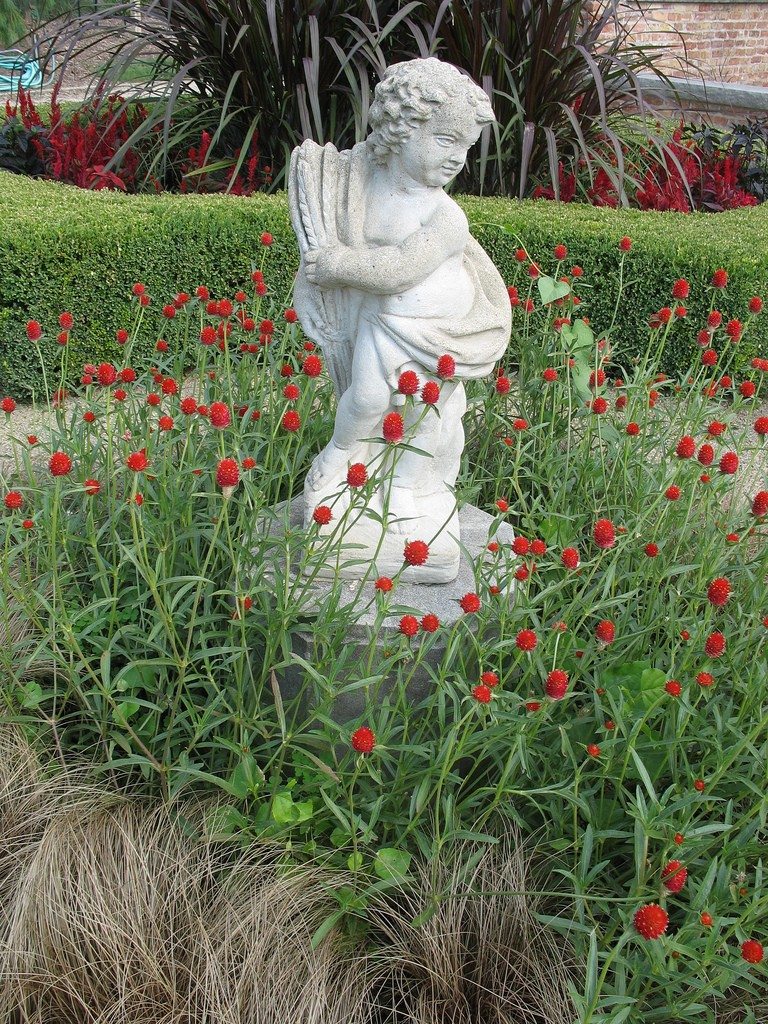Stickers, Barb, and Burrs: Fighting Weeds That Fight Back


Plants with burrs and stickers grow across much of the United States and Canada, so it's no surprise that several types are at home here in Oregon's high desert.
Bur Buttercups
The stickery, little, ground-hugging, mat-forming plant that grows in my flowerbeds is impossible to ignore. Although the shallow-rooted pest is easily removed by scraping the ground with a hoe, it's easy to accidentally grab a handful in the process of pulling other weeds. It hurts, even with gloves. They aren't the worst weeds by far, but they're the most annoying.
I've always called these pests "sand burs," but my friend, the county weedmaster, told me the proper name is "bur buttercup," also known as "curveseed butterwort." It is an annual that emerges and flowers on leafless, 2-inch (5 cm.) stems in late winter and early spring. The tiny, bright yellow blooms quickly become dry, brown burs.
Goathead
Goathead is also known as puncturevine, and they are a menace, to put it mildly. Fortunately, I don't have this noxious weed in my yard, but they show up occasionally in our gravel driveway. The trick is to pull them as soon as they sprout, because they have very long, stubborn roots.
One weed can form a huge mat as much as 10 feet (3 m.) in diameter, with hundreds of spines that can easily puncture bike tires, the soles of your shoes, and the paws of unsuspecting dogs. They adapt to any soil type, and thrive in bright sunlight. The seeds spread easily on vehicle tires and shoes.
Cockleburs
This pesky weed doesn't grow in my yard, probably because the soil is too dry and nitrogen-poor. However, you're bound to run into cockleburs if you spend any time fishing or hiking along the area's creeks and rivers.
The prickly, hooked spines on the brown, football-shaped burrs are a real headache if they get stuck in your socks or your hair, and they're impossible to remove from a dog's coat (believe me, I know). Try to dislodge them and they just dig in deeper. If your long-haired pooch gets tangled in cockleburrs, the best way to deal with them is to grab the scissors and cut them out.
Gardening tips, videos, info and more delivered right to your inbox!
Sign up for the Gardening Know How newsletter today and receive a free copy of our e-book "How to Grow Delicious Tomatoes".
Adaptations
They may be troublesome, but you have to admire how these stubborn, painful plants have evolved over time, hitchhiking on any animal that passes by. This is their tricky and very effective way of colonizing new areas.

A Credentialed Garden Writer, Mary H. Dyer was with Gardening Know How in the very beginning, publishing articles as early as 2007.
-
 Terrifically Tubular Flowers For Hummingbirds: 9 Tube-Flowered Plants To Attract Hummers
Terrifically Tubular Flowers For Hummingbirds: 9 Tube-Flowered Plants To Attract HummersGrowing tubular flowers for hummingbirds helps you create the optimum feeding conditions for your winged friends. Here are nine tubed delights for hummers
By Tonya Barnett
-
 How To Grow Hydroponic Tomatoes For Fresh Indoor Harvests – No Soil Required
How To Grow Hydroponic Tomatoes For Fresh Indoor Harvests – No Soil RequiredLearning how to grow tomatoes in water is easy and allows you to harvest fresh-home-grown produce in every season without any mess.
By Ellen Wells